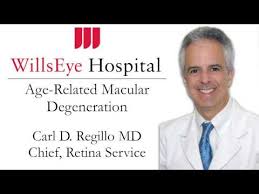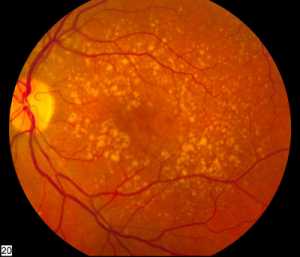Author Interviews, Genetic Research, Lancet, Ophthalmology / 26.02.2025
Gene Therapy Reversed Blindness in 11 Children with Congenital Disease
MedicalResearch.com Interview with:
Professor Michel Michaelides BSc MB BS MD(Res) FRCOphth FACS
Professor of Ophthalmology and Consultant Ophthalmic Surgeon
UCL Institute of Ophthalmology and Moorfields Eye Hospital
MedicalResearch.com: What is the background for this study?
- Leber congenital amaurosis (LCA) is a rare inherited retinal disease (IRD) that causes the degeneration of the cone and rod cells in the retina. It is characterized by severe vision loss at birth/early infancy and is one of the commonest causes of legal blindness in childhood. There is a wide range of severity at birth/early infancy, ranging from light perception to useful central vision; with variable rate of progression over time, LCA is estimated to occur in about 1 in 33,000 people. There are more than 30 genes that cause LCA.
- LCA associated with genetic deficiency of AIPL1 is one of the most severe forms of LCA – resulting in profound visual loss from birth (often light perception only) and rapidly progressive retinal degeneration.
- The study sought to evaluate whether early intervention by gene supplementation therapy in children with LCA associated with AIPL1 was safe and could improve outcomes.




